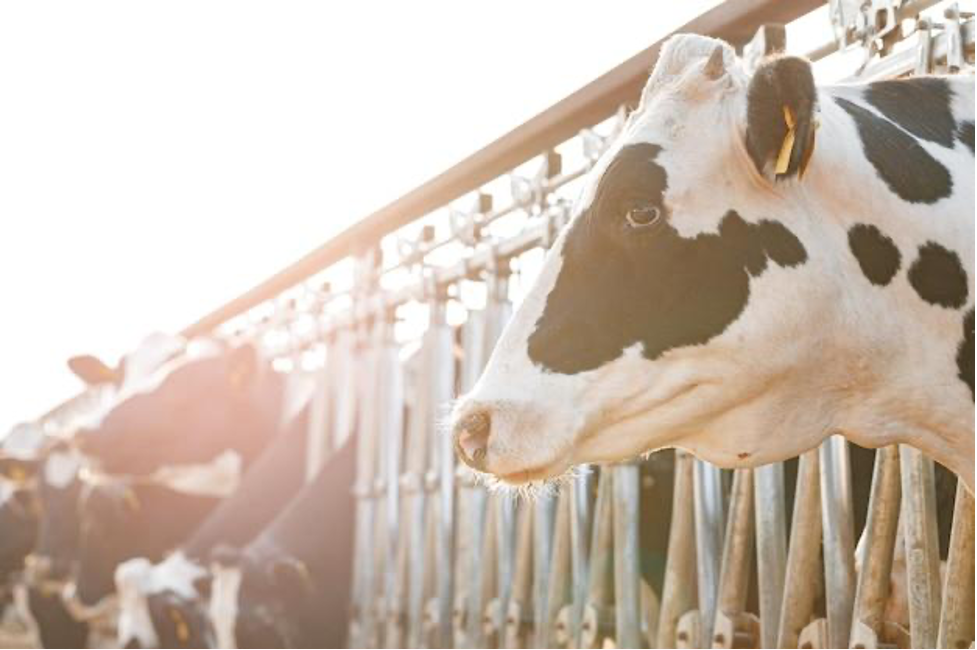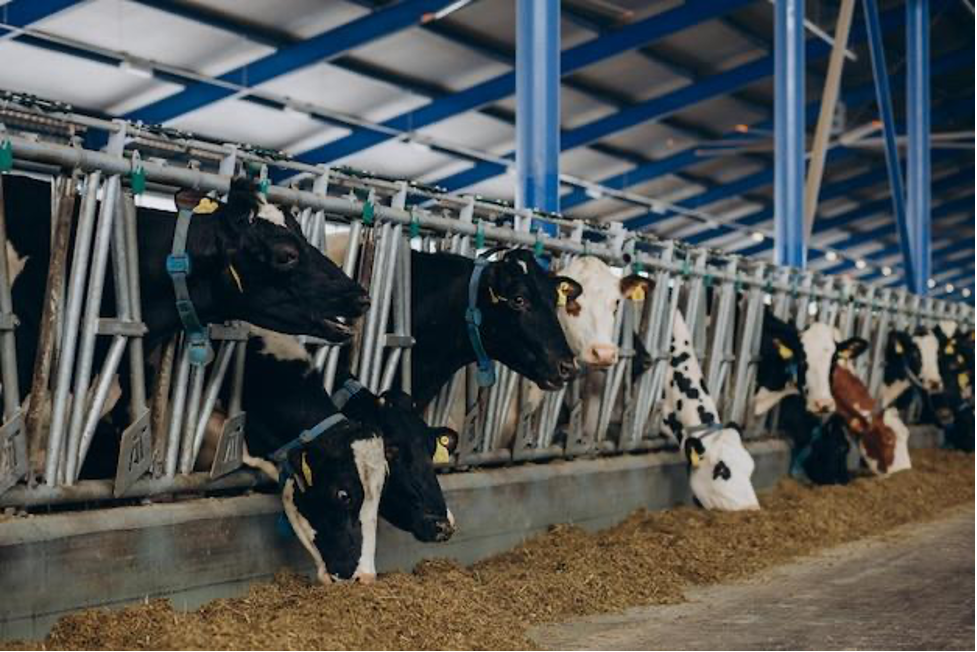Does the level and timing of dairy lighting impact milk yields? While it may seem logical that “more light equals more milk,” the relationship between lighting and dairy production is more nuanced. There is debate around this conventional assumption that needs examining. This article seeks to explore the subject and separate fact from fiction.
Misconceptions and Debunk
Many dairy farmers believe that providing cows with more light will maximize their milk yields. However, this is largely a misconception. Here are some others:
1. 24h Uninterrupted Light Can Increase Yield
In reality, dairy cows require periods of darkness each day to fulfill their natural circadian rhythm needs. Constant light disrupts this rhythm and can negatively impact cow health, behavior, and productivity over the long run.
2. Cows Require a Low Level Of Illumination (Night Light) in Order to Find Feed and Water During Darkness
Dairy cows can easily navigate barns in total darkness using their senses of smell and memory. Low-level night lights are not necessary and do not help increase yields.
3. Cows Need the Same Light Pattern Year-Round
In fact, light requirements change depending on the stage of lactation. During dry periods, cows need longer periods of darkness to support metabolic changes and rest for calving.

Practical Strategies for Dairy Lighting
With the misconceptions debunked, what lighting strategies have proven effective for dairy operations? There are a few:
1. Choosing the Right Light Color
Different light colors can have varying effects on animals. For cows, a neutral white light that mimics daylight is best for visibility and comfort.
2. Optimal Light Intensity
Dairies should aim for 20-50 lux during daylight hours. Higher intensities speed up metabolic rates without boosting yields. However, specific lighting requirements for dairies can vary based on multiple factors.
3. Balancing Daylight and Darkness
Gradually increasing dairy lighting in the morning and decreasing it at night mimics natural dawn/dusk transitions and reduces stress. Most farms now provide 14-16 hours of daylight in lactating seasons.
4. Customized Lighting Programs
Producers use programmable timers and dimmers to tailor light cycles for dry, transitioning, and milking periods based on the stage of lactation.
5. Energy Efficiency and Cost Considerations
New LED dairy lighting products provide the desired light properties while using a lot less energy than traditional bulbs. This drastically cuts power costs over time.

Product Highlight: 220VAC IP67 Dimmable Flicker Free T16 LED Cow Farm Light
Hontech-Wins is a premier brand that specializes in agricultural lighting. With years of industry experience and strong R&D capabilities, the company has become a trusted supplier worldwide. It offers a wide variety of dairy lighting solutions tailored to different cattle housing needs and stages of lactation. The brand’s agriculture LED lighting systems are designed based on scientific research to promote cow welfare and performance.
220VAC IP67 Dimmable Flicker Free T16 LED Cow Farm Light is a top offering from the brand in the dairy lighting category. It is ideal for illuminating cattle housing areas. Key characteristics that make this cattle light suitable include:
- Smooth dimming from 0-100% mimics natural dawn/dusk transitions, regulating melatonin production to support the cows’ circadian rhythm.
- Single color 5000K and two/three color options offer customizable to help farmers reduce stress levels in cows for increased milk production.
- IP67/IP69K rating makes the light dustproof and waterproof, allowing it to withstand frequent cleaning and disinfecting of dairy farm facilities.
- A long lifespan of over 50,000 hours provides low operating costs. Programmable dairy lighting schedules can be tailored to cows’ dry/milking periods to optimize milk quality and production.
Conclusion
While lighting does play an important supporting role in dairy production, the relationship is more nuanced than popular assumptions suggest. Uninterrupted light and low night lighting are not effective strategies. Instead, dairy farmers are finding success by understanding cows’ natural circadian rhythms and tailoring warm, programmable lighting specifically for each stage of lactation. Reliable products like the one mentioned above enable these best practices while cutting energy costs. Dairies investing in a scientific lighting approach optimized for cow welfare stand to benefit the most. Visit Hontech-Wins‘ official website to browse the brand’s full product catalog.

